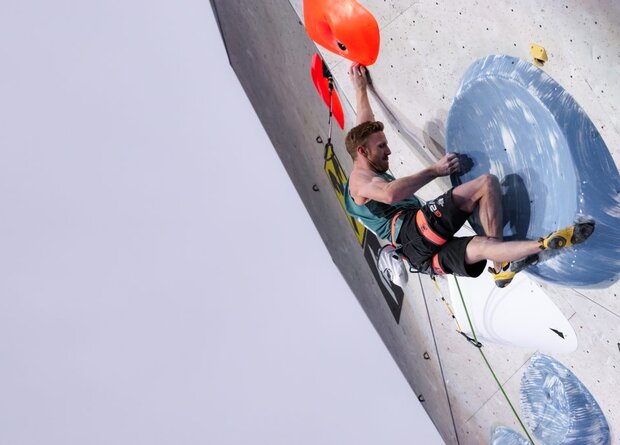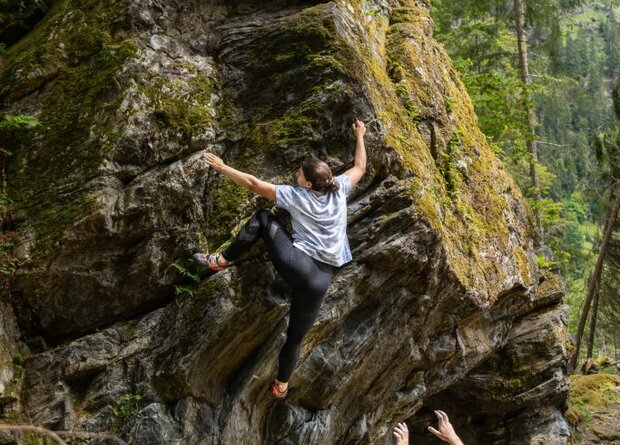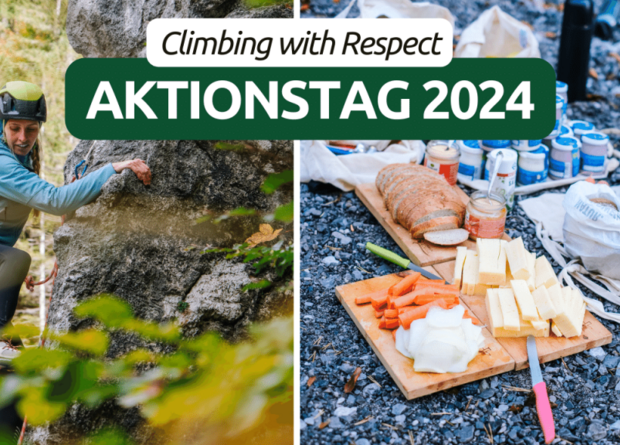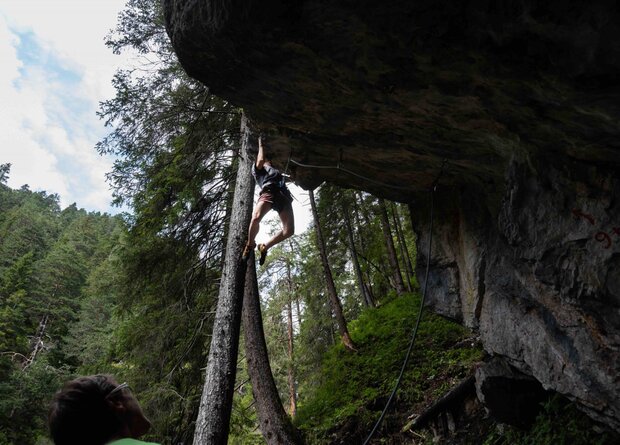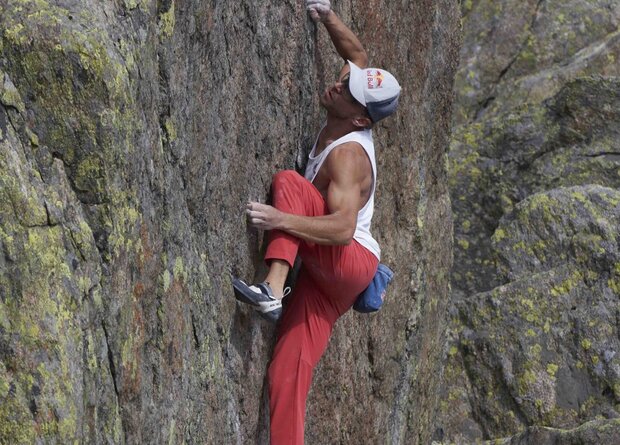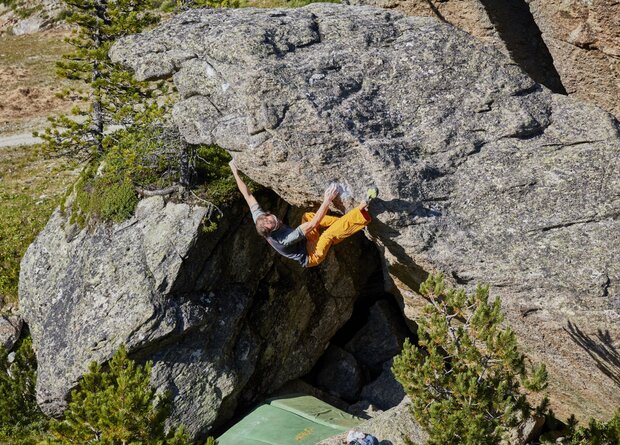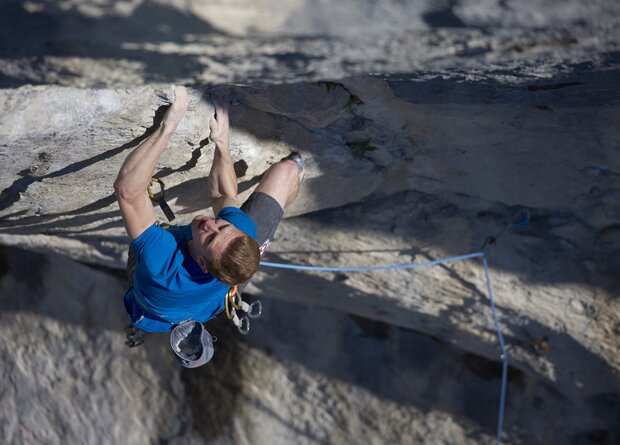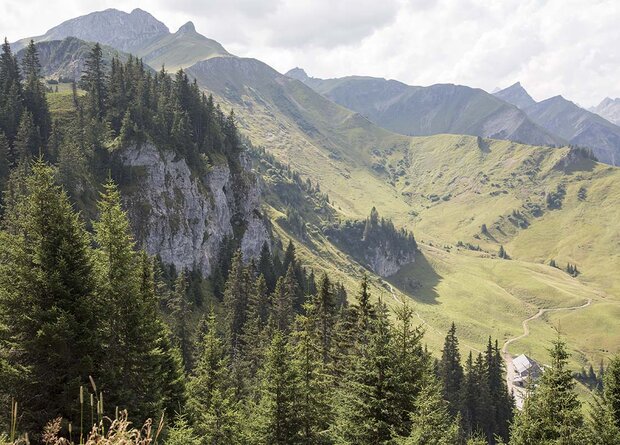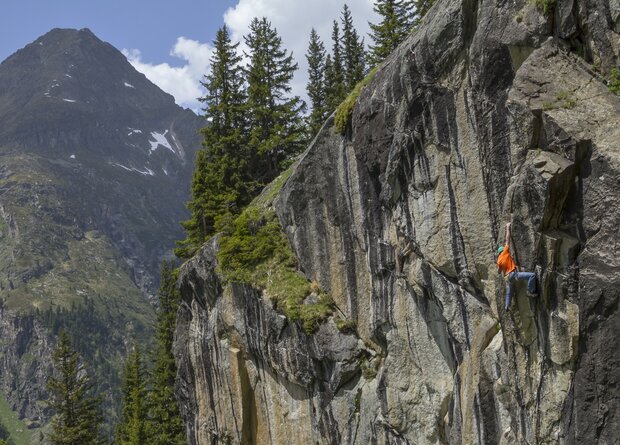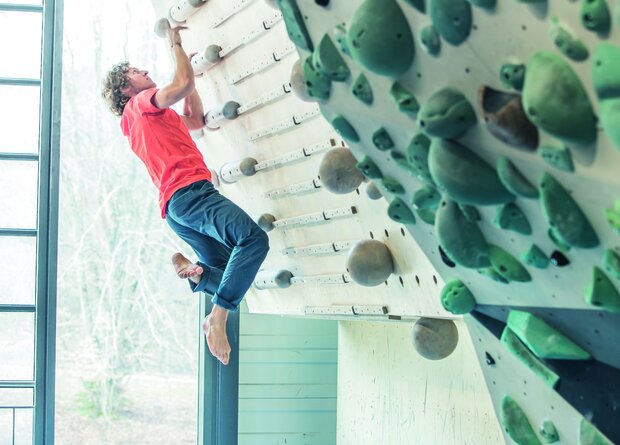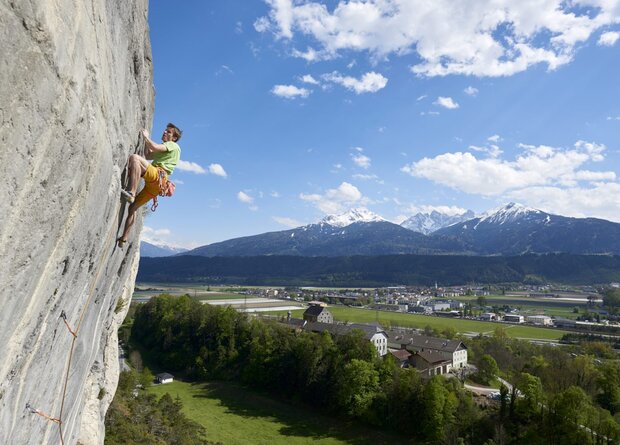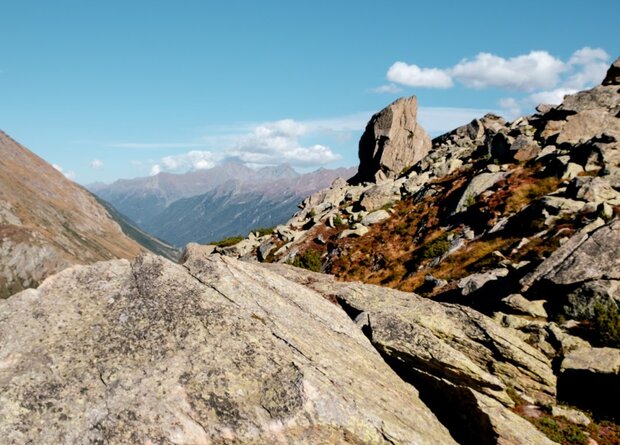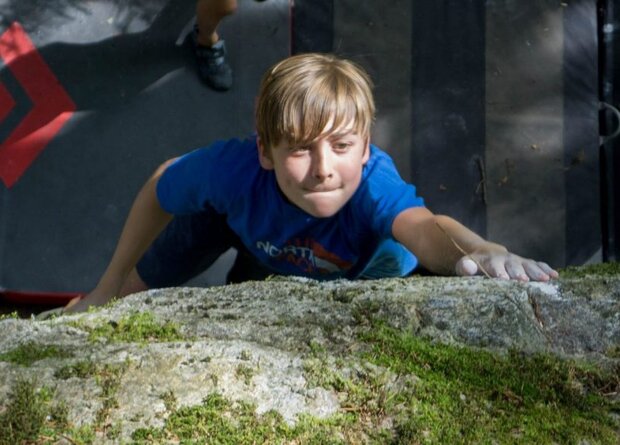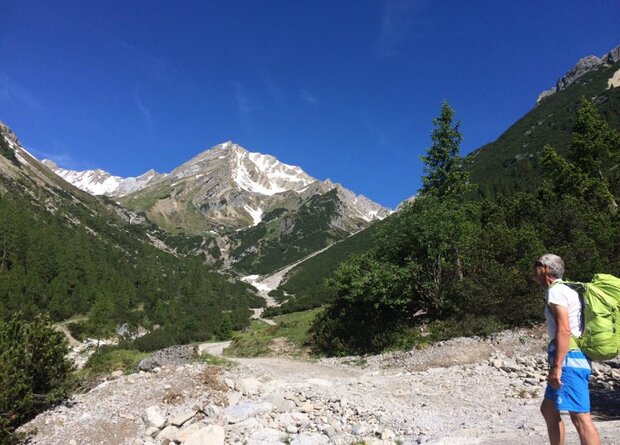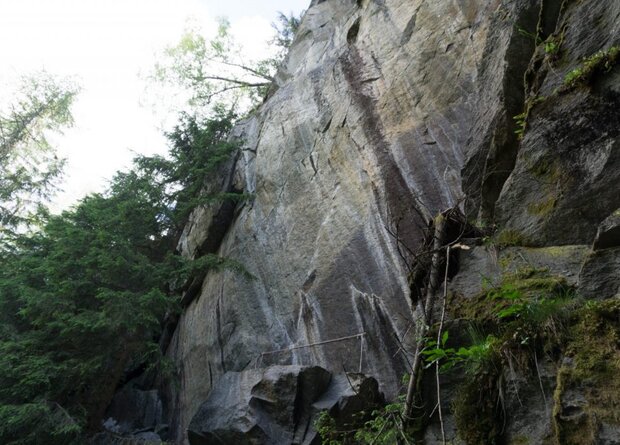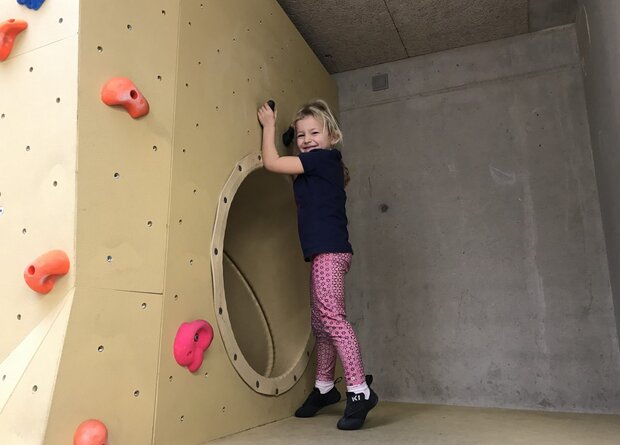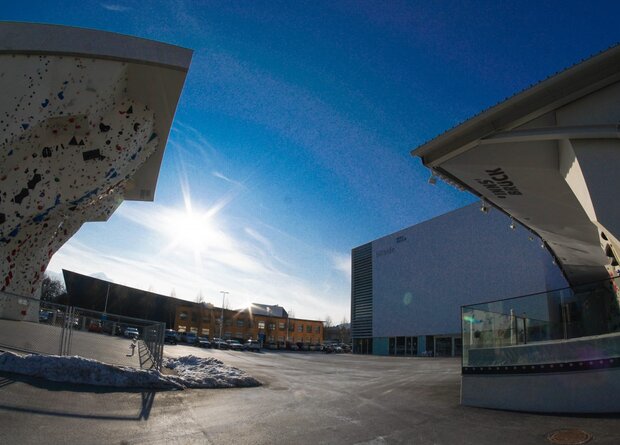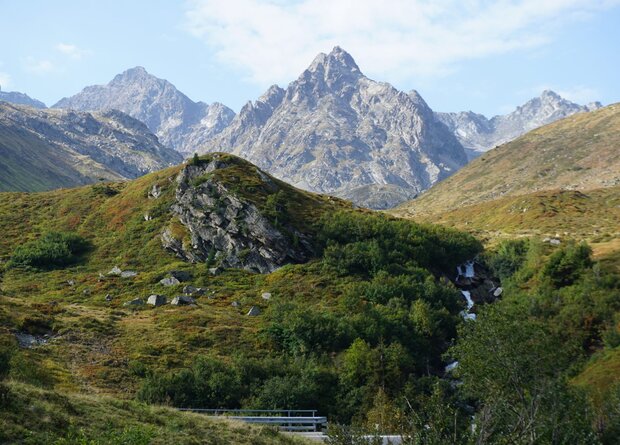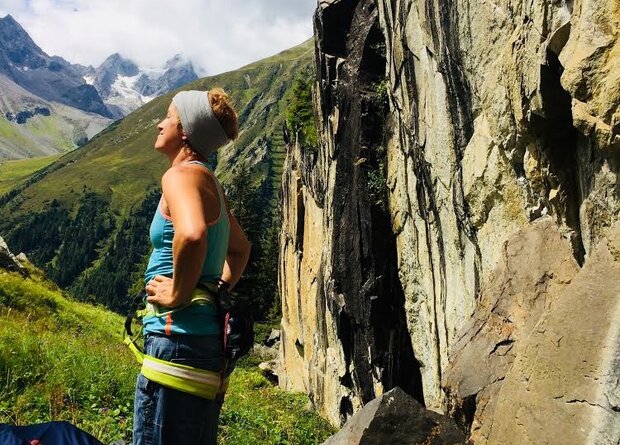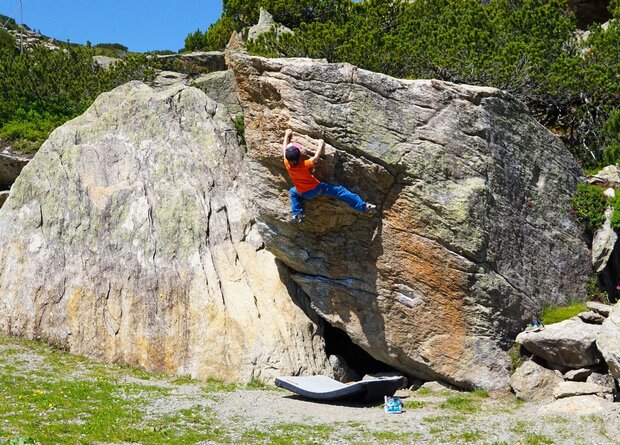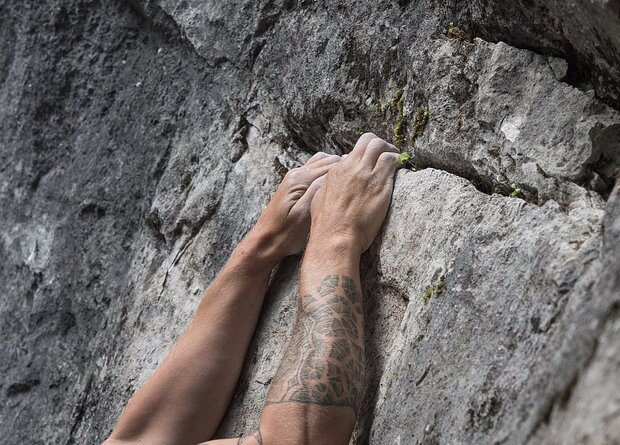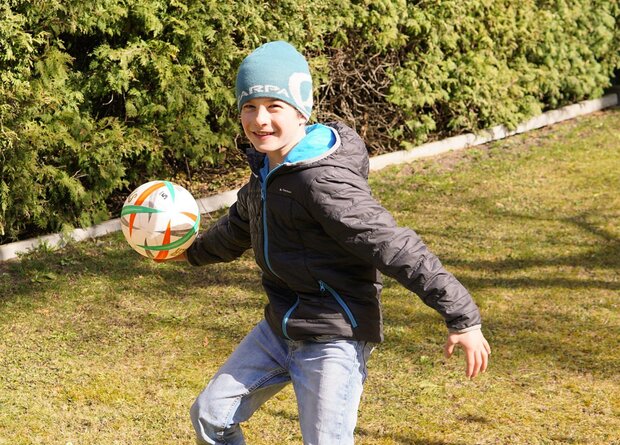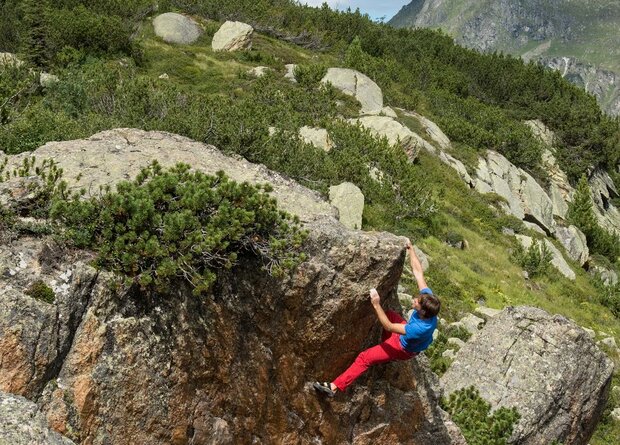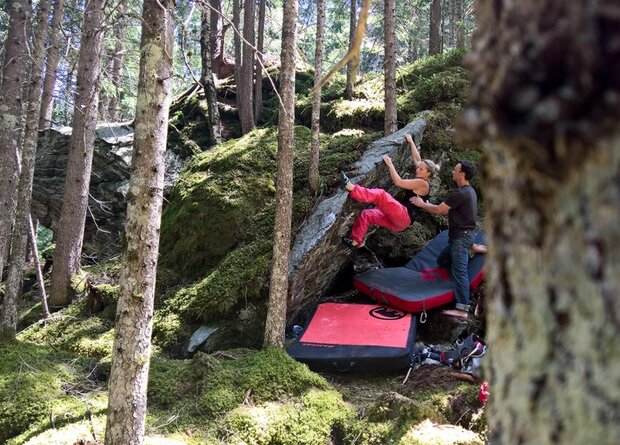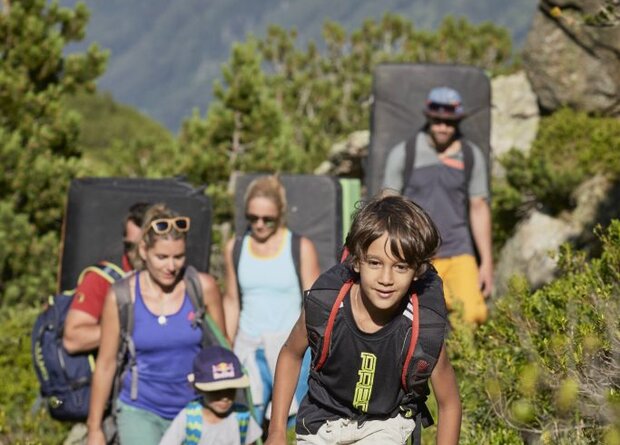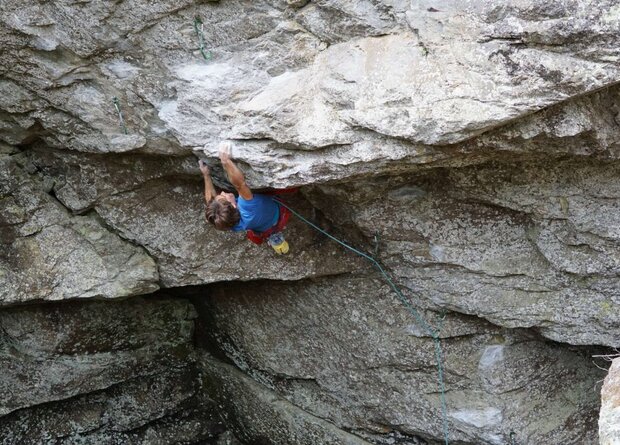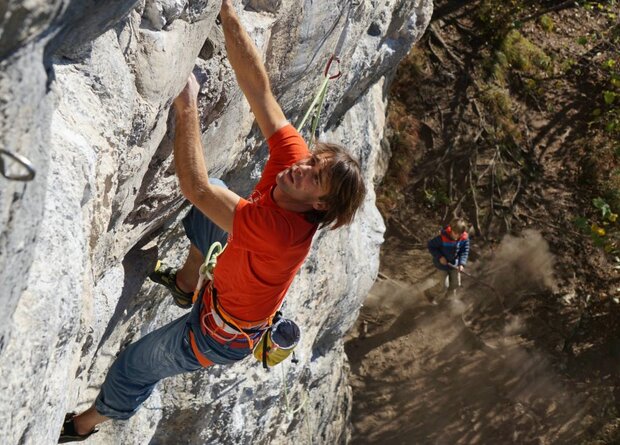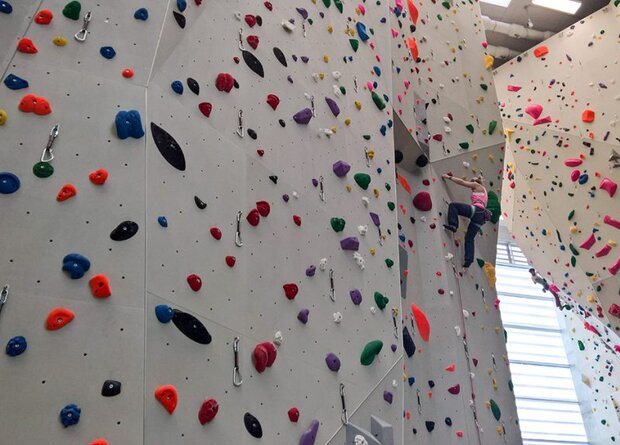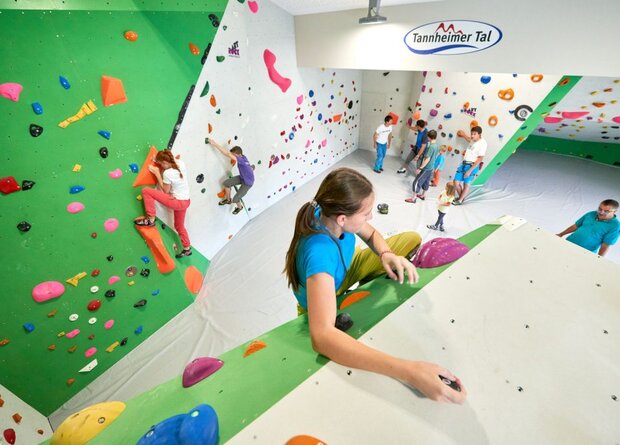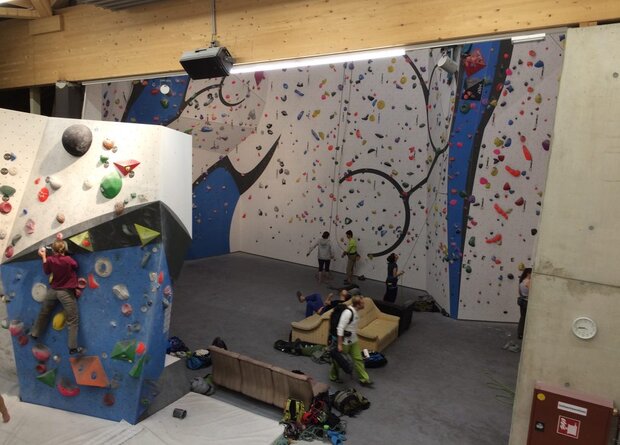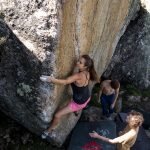The Climbing World Championships will take place in Innsbruck from September 6 to 16, marking the highlight of the 2018 competition season for our local athletes. Everyone wants to perform at their best and deliver their best climbing performance. But how does that work? How do you plan for it? An athlete cannot deliver their maximum performance all year round. Targeted training is about reaching the peak of performance, i.e. the maximum of one's ability, precisely at the time of the World Climbing Championships. To illustrate how this works, we need to look back about a year to the 2018 World Climbing Championships in Innsbruck.
Break in fall 2017
Autumn 2017, the competition season is almost over. Now the quiet time begins for the athletes. You can simply climb until around Christmas. Everything your heart desires. Above all, as much as possible on the rock. Then comes a real break from climbing and training. Body and mind will have 2 to 3 weeks to recover and gather strength for the tough training months ahead.
Young hopeful Celina Schoibl rock climbing in Ötztal
The phases leading up to the World Climbing Championships
In mid-January we will start again. Training will now be divided into specific phases. This means that certain focal points are set and targeted work is done on them. The basic process is always the same. The type of training, the scope of training, the training density and so on are very complex and can vary greatly depending on the athlete.
Phase 1: Basic training
The first phase is basic training. For 2 to 3 weeks, you simply climb a lot and in a variety of ways. The aim is to create a basis for the hard training weeks that follow.
2nd phase: build-up training
The second phase is the so-called build-up training and lasts approx. 6 weeks. Three different boulders are climbed here. One with ledges, one with clamps and one with hangers. The boulders are around 12 moves long. The same boulder (e.g. hangers) is always climbed around 8 to 10 times in a row with a two-minute break in between. Then there is a break of 10 minutes before the next boulder (e.g. pincers) is climbed. The boulders should be so difficult that you can only just manage the last moves, if at all. This means that after two to three weeks, the boulders have to be made harder because the body gets used to the strain and the boulders. Build-up training is done 3 times a week for a total of around 18 units, i.e. for 6 weeks.
3rd phase: maximum strength training
This is followed by maximum strength training. As the name suggests, the focus is on maximum strength, the strength that the body can achieve under maximum voluntary contraction. In climbing, this corresponds to around one to five climbing moves. The best way to train is with bouldering, supplemented by strength exercises on the campus board, for example. As a general rule, the body needs more rest after maximum strength training than after a less intensive session. This phase lasts around 4 to 6 weeks.
Training maximum strength while bouldering
Phase 4: Strength endurance training
The last phase or the final focus is strength endurance training. The aim here is to maintain a certain level of strength for as long as possible without a drop in performance. The time period is determined by the route lengths. This means that strength endurance is trained for the duration of an average competition route. There are many different options: For example, the interval method is standard, where a route is climbed several times in succession without a full recovery in between. The strength endurance phase also lasts around 4 to 6 weeks.
Additional training
It should also be added that the training is always individually adapted to each athlete and the individual phases are only focal points of the training. This means that all other areas are also trained. This means that each athlete has around 7 training sessions per week, often two sessions in one day. This is followed by stretching exercises to maintain and improve mobility, balancing exercises, mental training and, especially on rest days, compensatory sports such as cycling or running.
Stretching is also part of the training
Competition phase
In the meantime, the first competitions begin, training is reduced somewhat and there may be another training break of a maximum of one week so that the athletes get the necessary and very important rest.
Approximately 6 to 8 months after the start of training in mid-January, the peak of performance is reached. Just in time for the first competitions and the World Climbing Championships in Innsbruck as the highlight from September 6 to 16.
